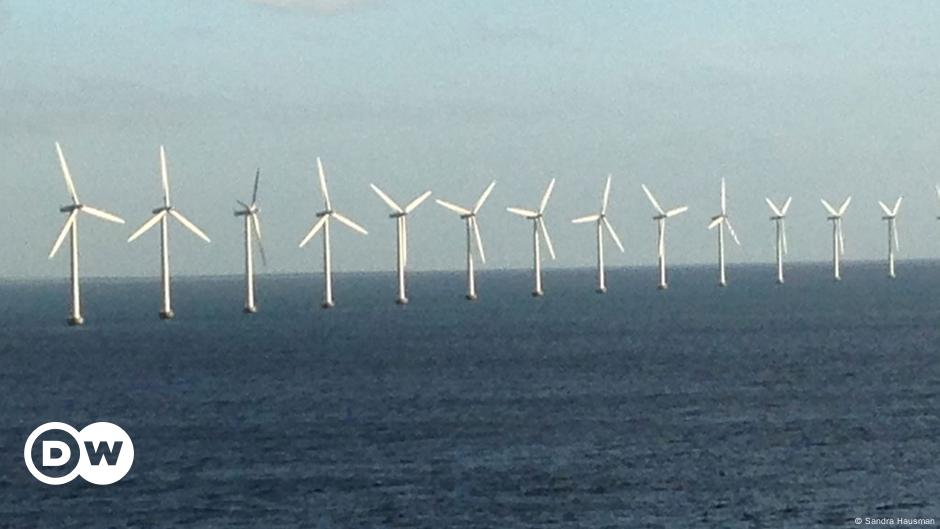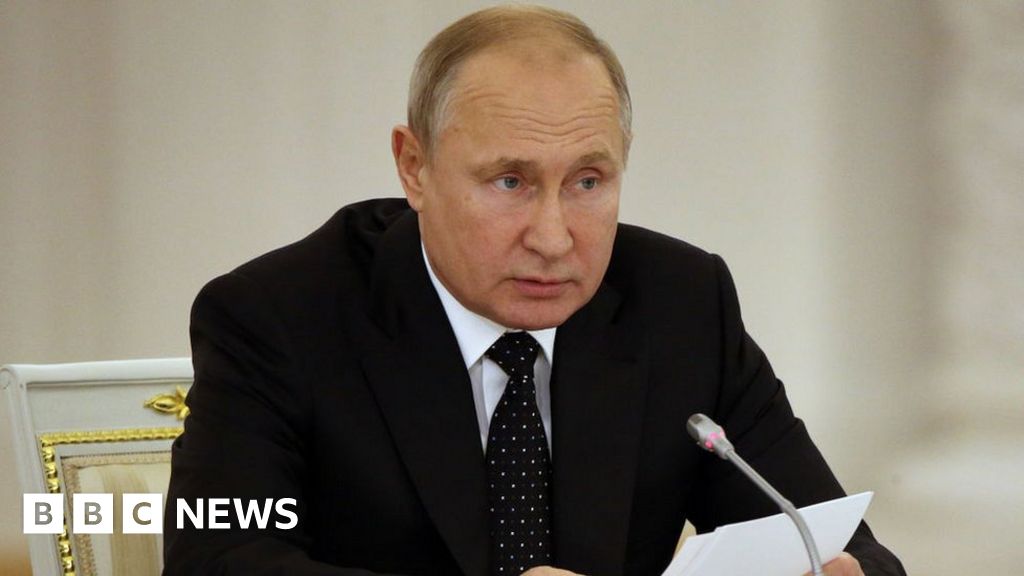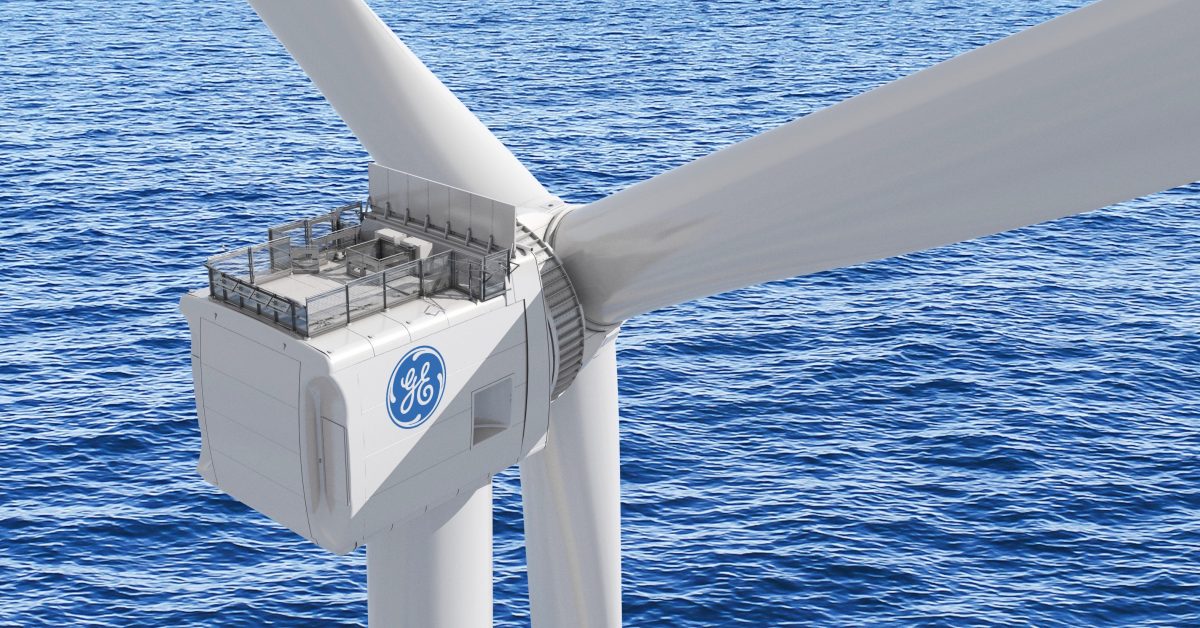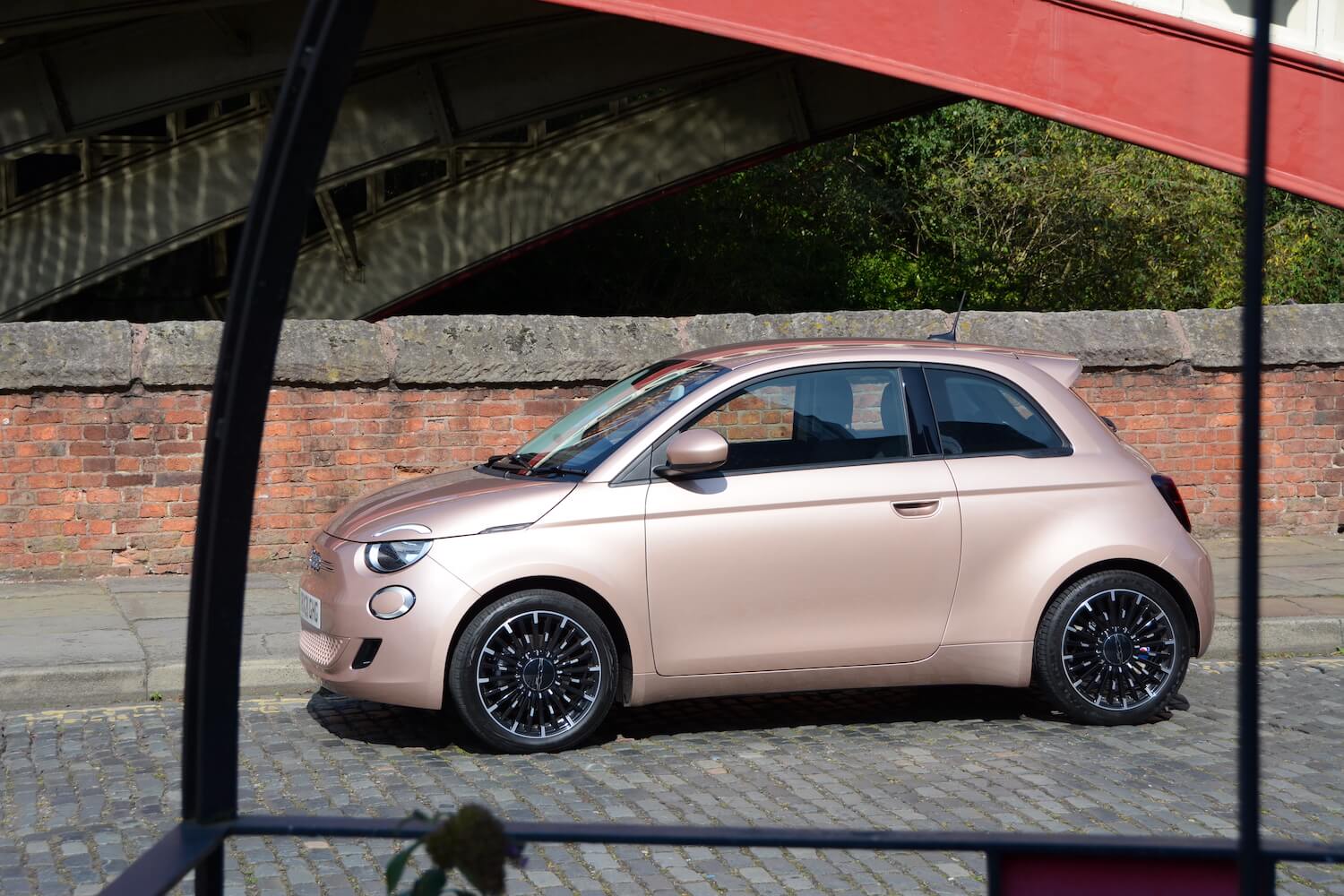- Oct 5, 2012
- 4,283
- 9,569
- Funster No
- 23,166
- MH
- Carado T132
- Exp
- 5 years, feel free to ask me about the Carado!!
Its easier to fill in the gaps like this, so where there is no marine protection zone there will be windturbines. Almost like the last UK wilderness has been industrialised for green energy.You make 2 statements of fact there that are wrong.
1) Most of which will be soon in other countries... I am guessing that you mean Scotland
2) They will make up for lost oil revenue by inflated electricity prices.
Here are a few facts to counter your claims.
Most offshore wind farms are not being built in scotland.
View attachment 443254
Yup that looks like most are being built in Scotland.
And as for them pushing the price up as punishment if they left. Have you heard of market economics?






